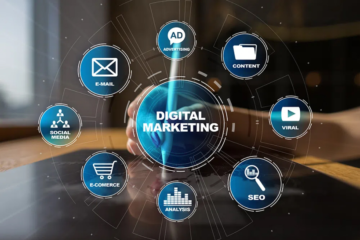In today’s digital age, businesses cannot ignore the power of social media. With billions of active users across platforms like Facebook, Instagram, LinkedIn, and Twitter, social media has become a powerful tool for reaching potential customers and building brand authority. However, businesses often get confused between two closely related strategies: Social Media Optimization (SMO) and Social Media Marketing (SMM). Understanding the difference between these two can significantly impact your online success.
At My Digital Savvy, we guide businesses in Nagpur and beyond to leverage social media effectively. In this blog, we’ll break down the difference between SMO and SMM, how each strategy works, and why your business needs both to thrive online.
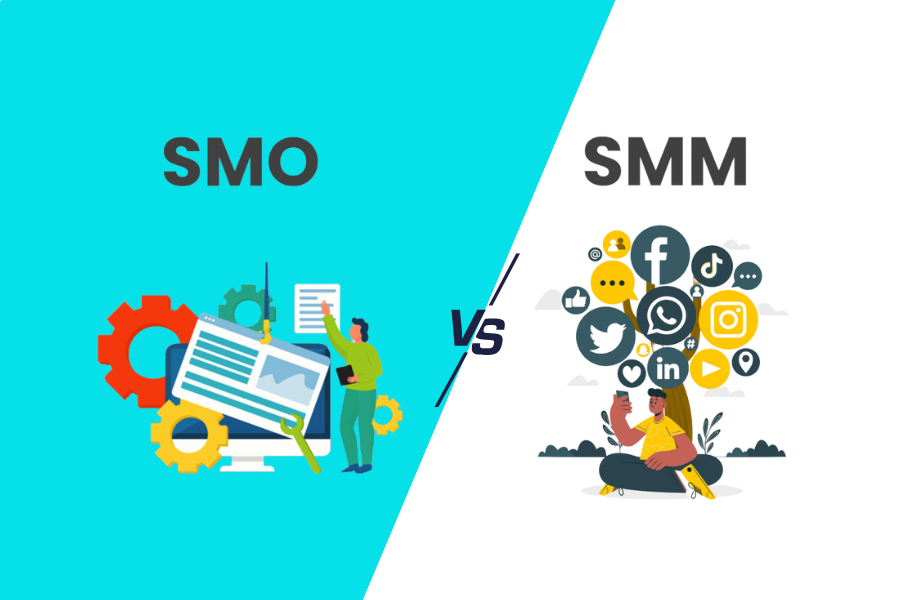
What is SMO? (Social Media Optimization)
Social Media Optimization (SMO) is the process of optimizing your social media profiles and content to increase engagement, reach, and visibility. Think of SMO as laying the foundation for your social media presence—it’s about making your brand discoverable and attractive to your audience.

Key Components of SMO
Profile Optimization
A complete, professional, and visually appealing social media profile is the first step. This includes profile pictures, cover images, bios, and links that reflect your brand identity.Content Optimization
The content you post should be engaging, shareable, and relevant. Using the right images, videos, hashtags, and keywords helps in attracting your target audience.Consistency
Posting regularly and maintaining a consistent brand voice across platforms is critical for SMO. Algorithms favor profiles that show active engagement.Engagement Strategies
SMO also focuses on interacting with followers—replying to comments, encouraging shares, and fostering discussions to increase organic reach.SEO Integration
Integrating SEO into your social content can improve visibility in search engines. For instance, optimizing posts with keywords like “Difference between SMO and SMM” ensures your audience can find your content online.
In short, SMO is about making your social media platforms searchable, shareable, and user-friendly. It’s the long-term strategy that increases organic traffic and engagement.
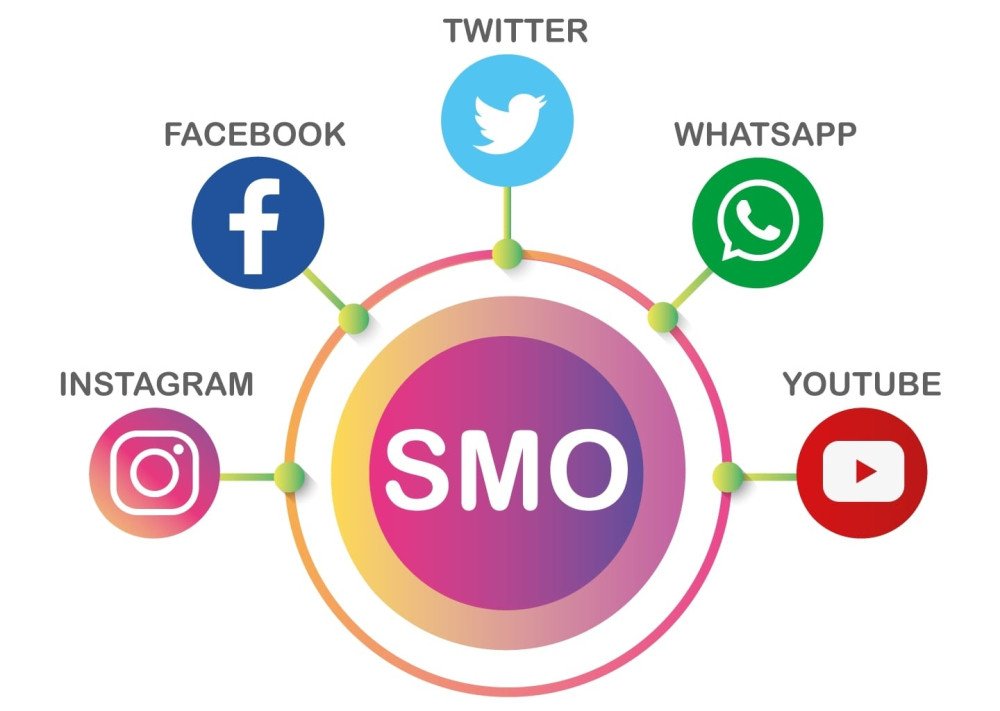
What is SMM? (Social Media Marketing)
On the other hand, Social Media Marketing (SMM) is the use of social media platforms as marketing tools to promote products, services, or campaigns. SMM is more focused on direct promotion and lead generation, often involving paid strategies.
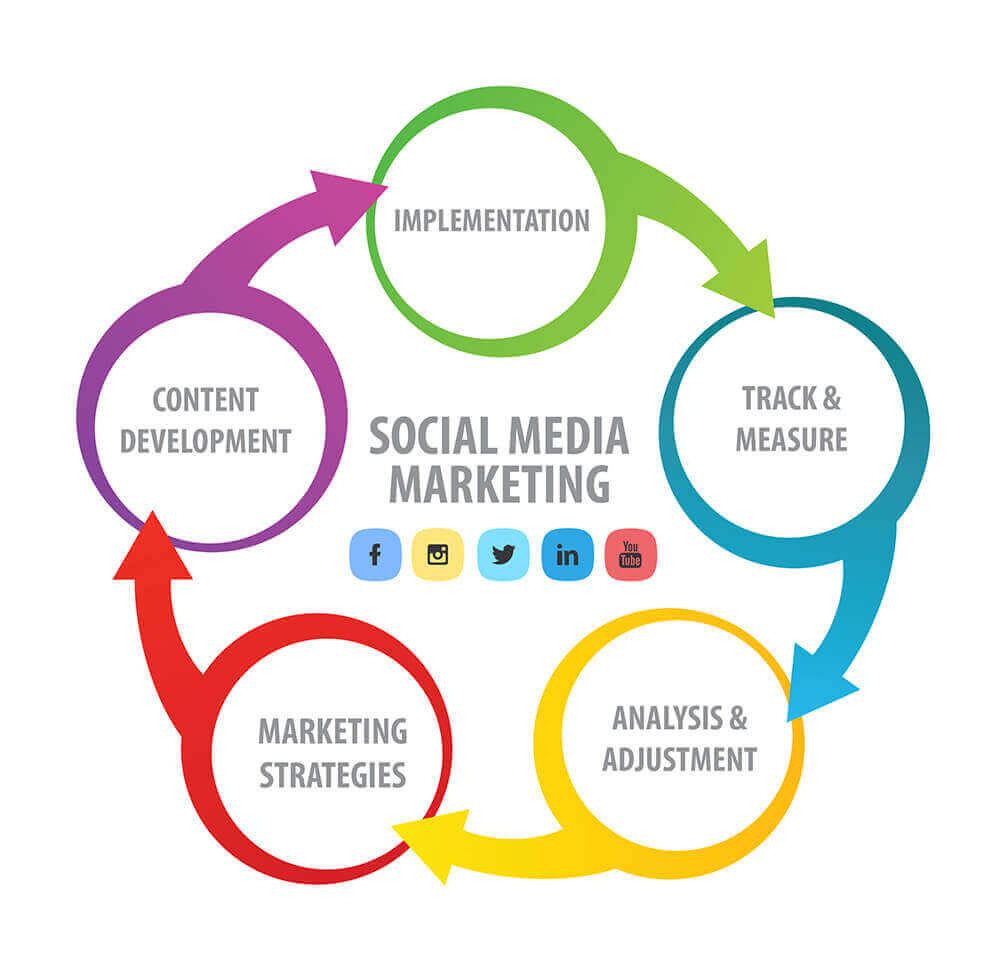
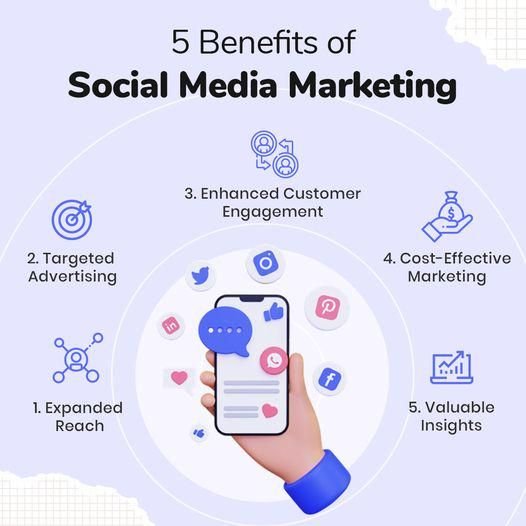
Key Components of SMM
Paid Advertising
Platforms like Facebook, Instagram, LinkedIn, and Twitter offer advanced ad targeting. SMM leverages paid ads to reach specific demographics, locations, and interests.Campaign Planning
SMM involves creating marketing campaigns with clear objectives, such as increasing website traffic, generating leads, or boosting sales.Content Marketing
Although similar to SMO, SMM focuses more on promotional content that encourages conversions—like product demos, offers, and testimonials.Analytics and Tracking
Measuring ROI is critical in SMM. Platforms provide insights into reach, clicks, engagement, and conversions, helping businesses refine their strategies.Influencer Marketing
SMM often involves collaborating with influencers to reach larger audiences and create brand credibility.
In simple terms, SMM is action-oriented marketing on social media, aimed at driving measurable results.
SMO vs SMM: Key Differences
While SMO and SMM are often used interchangeably, they serve different purposes and strategies. Here’s a clear breakdown of the difference between SMO and SMM:
| Aspect | SMO (Social Media Optimization) | SMM (Social Media Marketing) |
|---|---|---|
| Goal | Increase organic reach and engagement | Promote products/services and generate leads |
| Focus | Profile and content optimization | Paid campaigns and marketing strategies |
| Approach | Organic, long-term | Paid, short-to-medium-term |
| Content Type | Engaging, shareable, and informative | Promotional, campaign-focused |
| Measurement | Likes, shares, followers, engagement rate | Conversions, CTR, ROI, leads |
| Example | Optimizing Facebook page for discoverability | Running a Facebook ad campaign targeting local audience |
Understanding these differences helps businesses create a balanced social media strategy that combines organic growth with paid promotions.
Why Both SMO and SMM Are Essential
Many businesses make the mistake of relying solely on SMM for quick results. While SMM drives immediate leads, it cannot sustain long-term engagement without SMO. Conversely, SMO builds a loyal audience, but without SMM, it may not reach new prospects quickly.
Here’s why integrating both strategies is vital:
Stronger Brand Presence
SMO ensures your profiles are professional and engaging, while SMM amplifies your reach to new audiences.Better ROI
Combining organic and paid strategies maximizes results and reduces ad spend wastage.Enhanced Credibility
Consistent optimization builds trust, while marketing campaigns create awareness and conversions.Data-Driven Decisions
Insights from SMM campaigns inform SMO improvements, creating a feedback loop for growth.Audience Retention and Growth
SMO keeps your audience engaged, while SMM attracts new followers and potential customers.
How to Implement SMO and SMM for Maximum Impact

SMO Best Practices
Optimize social media profiles with keywords, including “Difference between SMO and SMM.”
Post high-quality, shareable content consistently.
Encourage user engagement through polls, questions, and discussions.
Use hashtags and keywords strategically to improve discoverability.
Collaborate with influencers and brand advocates to extend reach organically.
SMM Best Practices
Define clear campaign goals before launching ads.
Use precise audience targeting to ensure your ads reach the right people.
Incorporate compelling visuals and call-to-actions in promotional content.
Test ad creatives and copy to optimize conversion rates.
Track metrics such as CTR, engagement, and ROI to refine campaigns.

Common Myths About SMO and SMM
Truth: SMO is more than posting; it’s about optimizing every aspect of your social presence for maximum engagement.
Truth: While SMM can accelerate reach, campaigns need strategy, testing, and continuous optimization to succeed.
V
How Businesses in Nagpur Benefit from SMO and SMM
Let’s take a local example: a digital marketing institute in Nagpur. By using SMO, they optimized their social media pages, posted educational content, and engaged with students. This built credibility and an organic audience.
When they implemented SMM, they launched targeted ads for courses and workshops. Combining both strategies increased enrollments by 40% in just 3 months.
This demonstrates how understanding the difference between SMO and SMM leads to measurable business growth.
Conclusion
Understanding the difference between SMO and SMM is crucial for businesses aiming to dominate social media. SMO lays the foundation by optimizing profiles and content for engagement, while SMM drives targeted campaigns for leads and sales.
At My Digital Savvy, we help businesses in Nagpur and beyond implement both strategies for maximum impact. A balanced social media strategy ensures long-term growth, higher engagement, and measurable results.
If you want to boost your online presence and leverage the power of social media, start by optimizing your profiles today and plan strategic marketing campaigns. Combining SMO and SMM is the key to a successful social media journey.
FAQs: Difference between SMO and SMM
SMO (Social Media Optimization) focuses on improving your social media profiles and content for better engagement and organic reach. SMM (Social Media Marketing) uses social platforms to run campaigns and ads that drive leads, traffic, and sales. SMO is long-term and organic, while SMM is often paid and campaign-focused.
Both strategies complement each other. SMO builds credibility, engagement, and loyal followers, while SMM attracts new audiences and drives conversions. Combining SMO and SMM gives the best results for business growth.
Yes, but the results may be limited. SMO alone grows your audience organically, while SMM alone can generate leads but may not sustain long-term engagement. Using both ensures a balanced social media strategy.
SMO improves the quality of your profiles and content, encourages shares, uses relevant hashtags, and interacts with your audience. This organic approach increases likes, comments, and follower engagement over time.
SMM allows businesses to target specific demographics, track performance, run ads for products or services, increase brand awareness, and measure ROI. It’s a fast way to reach potential customers with measurable results.
FAQs
Generally, yes. SMO focuses on long-term organic growth and building an engaged audience. SMM focuses on short-to-medium-term campaigns that drive immediate results like leads, clicks, or sales.
Yes. By optimizing social profiles, posts, and shareable content, SMO can indirectly improve your website’s search engine ranking. Social signals, backlinks, and engagement can contribute to SEO.
Absolutely. Small businesses benefit from SMO to build credibility and a loyal audience, while SMM helps them reach new customers quickly and grow their brand presence in competitive markets like Nagpur.
SMO success is measured by organic metrics like followers, shares, comments, and engagement rate. SMM performance is tracked using ROI, click-through rates (CTR), conversions, and ad analytics on platforms like Facebook Ads or Instagram Ads.
Common mistakes include:
Ignoring analytics and insights
Posting low-quality or irrelevant content
Over-relying on paid campaigns without organic growth
Not interacting with followers
Targeting the wrong audience in SMM campaigns



